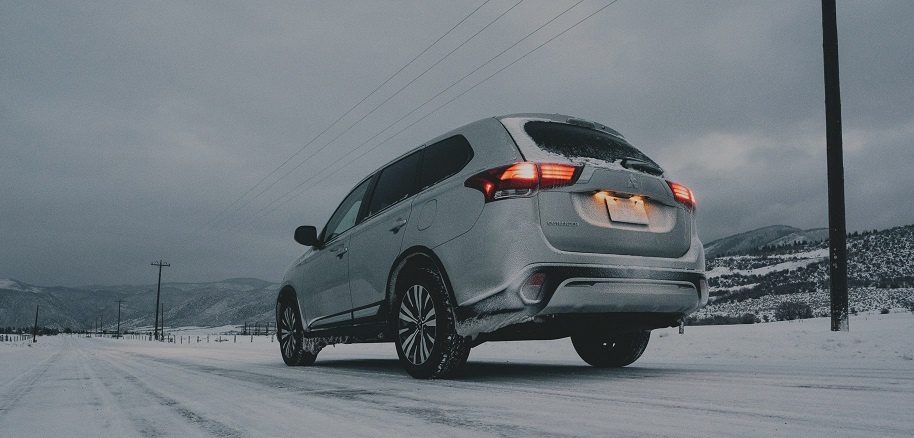Operations tips
1.Engine oil
Use multigrade engine oil with a minimum grade of 15W. This oil maintains its normal viscosity at temperatures down to -15 ° C. Oil with a 10W index – up to -20 ° C, and at 30-degree touches of frost, oils with a 5W or 0W index should be used.
2. Starter battery:
If your battery is no longer young and sometimes lets you down in warm weather, replace it because, in the cold, its parameters will deteriorate even more.
Store in a warm room is an excellent way to conserve battery power. It is also recommended to charge the battery more frequently with the charger. Depending on the conditions of winter operation, this should be done once a week or two.
Before starting the engine, let the battery "warm up"; for example, turn on the dipped beam for 30 seconds.
3. Cooling liquid (antifreeze, antifreeze):
The coolant should also have a frost-resistance margin, but do not overdo it: a high concentration of antifreeze can adversely affect the rubber hoses of the cooling system.
Refrain from skimping and replacing the coolant if you often top up with water in the warm season. Otherwise, cracks in the cylinder head are guaranteed to you, which is a different amount.
In most cases, the coolant is ready-made with a frost resistance of -40 ° C, optimal for the European region.
4. Windscreen wipers and washer fluid:
Get ready to reflect the attack of dirt on your glass constantly. Dirt and salt solutions on our roads are ready to spray your car's windshield in an instant until it is completely impenetrable.
Therefore, we replace the old windshield wipers that do not perform well with new ones. Depending on the condition, either the rubber brushes or the entire wiper assembly are changed.
Special "winter" wipers can do a good job. The movable rocker arms are protected by a cover, which prevents them from freezing and subsequent insufficient pressure against the glass.
Open-frame wipers are also good, in which a specially curved metal band plays the role of a rocker system, but they are not cheap.
The procedure for removing the brushes from the glass at night will be reasonable. Place a couple of matchboxes under the brush holders so that.
Do not save money and dilute the concentrate with less water than the instructions indicate. Thus, the washer fluid pump will not fail during a sharp cold snap, and when driving at high speed, the fluid will not freeze right on the windshield.
Remember that the lowest temperature is used in the calculations, i.e., night. The frost resistance indicated on the package is the temperature at which the liquid begins to freeze, at a temperature 5-10 degrees higher – a gel-like state.
Therefore, for a temperature of -20 ° C, dilute the concentrate at the rate of -30-35 ° C.
Always carry a supply of ready-to-use fluid with you. Dilution of the concentrate with snow or ice in severe frost is challenging.
5. Misting:
Try not to bring snow into the salon on your shoes. The resulting moisture evaporating will give you a lot of trouble with foggy windows. Turn off the air recirculation mode inside the passenger compartment to combat fogging.
Drier "outboard" air will avoid condensation. If your car is equipped with air conditioning, turn it on for a few minutes, it will act as a dehumidifier.
Treatment of the inner surfaces of glass with an aerosol anti-fogging agent will significantly facilitate your fight against moisture condensation. In this case, leave the rear door windows unprocessed; all moisture will condense.
6. Fuel and gas tank:
Try to keep your gas tank at least half full. This will allow you to avoid problems with moisture condensation and subsequent freezing in the fuel line. Moreover, this will help make your car heavier, positively affecting the tires' grip properties.
7. Winter tires:
Winter tire models differ from summer and all-season ones in the tread pattern, which is more suitable for driving on snowy roads, and in the rubber composition, which does not lose its elasticity in severe frosts.
Installation on both axles is also required, and not only on the drive axle, while the tires on different axles should be the same.
Make sure your vehicle is equipped with the corresponding tyres. Suppose you drive a truck or a minivan; one good option would be Dunlop SP Van01.
When operating a car on cleared city roads, the advantage over friction (non-studded) models. With frequent trips on packed snow and ice – only studded ones.
It should be remembered that the braking distance of a car shod with studded tires increases on wet or dry asphalt. So it is not recommended to brake "to the floor." We do not consider the comfort issue since this does not affect traffic safety.
Remember that snow chains, put on the wheels without removing them, can significantly help overcome large snowdrifts.

















Add Comment